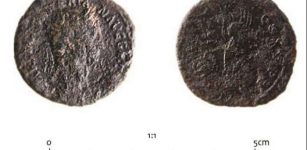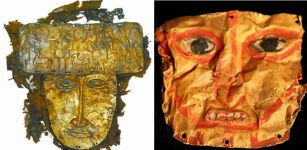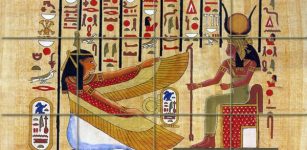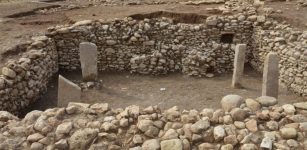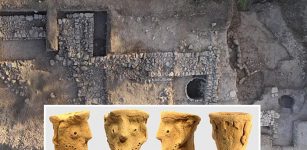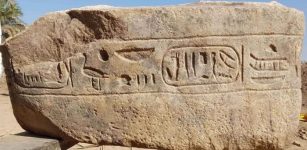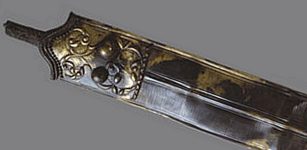Four Harappan-Era Skeletons Could Shed Light On Indus Valley Civilization
MessageToEagle.com – Four human skeletons dating back to the 5000-year-old Harappan era have been recovered from a cemetery located at Rakhigarhi village in Hisar, Haryana disctrict, in northwestern India, where archaeologists have been carrying out excavation at the site since January 23.
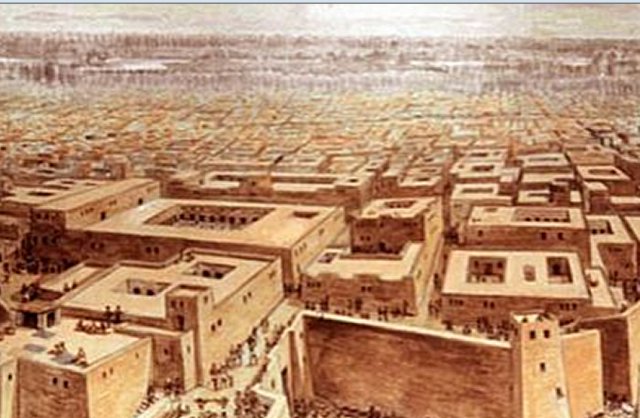
Archaeologists hope forensic scientists will reconstruct the DNA extracted from bones to help decipher the history and origin of the human settlement, which is part of the Indus Valley civilisation.
The well-preserved skeletons were discovered in sandy soil, and the joint team of scientists from Deccan College, the Haryana Archaeology Department, and Seoul National University in South Korea will attempt to collect DNA samples from the bones.
“The skeletons of two adult males, a female, and a child have been found. With the help of forensic experts, we will try to reconstruct their DNA,” Nilesh Jadhav, co-director of the project, said The Tribune of India.
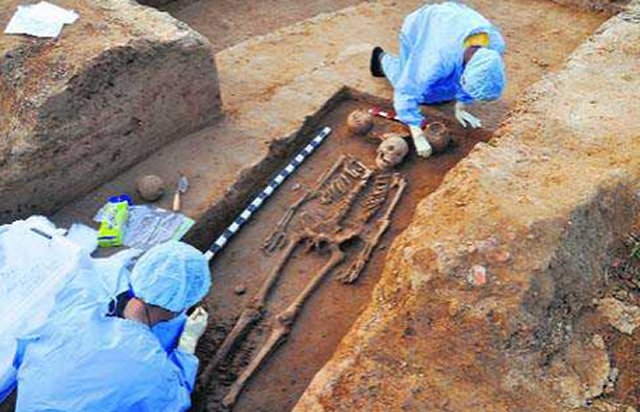
Now, a forensic team from Seoul, South Korea, equipped with advanced technology and led by Professor Dong Hoonn Shin will arrive in July to process the sampling of the skeletons for obtaining the DNA.
The results could shed light on the identity of the Harappan people
See also:
Harappan Excavation Sites Hold Clues To Unravelling Impressive And Mysterious Culture
Enormous 5,000-Year-Old Harappan Stepwell Discovered In Kutch, India
Mysterious Mohenjo Daro Was Home To An Unknown Advanced Civilization Far Ahead Of Its Time
As we know, both Mesopotamia and ancient Egypt are considered the best known of the first advanced cultures.
However, we must not forget that the largest one was the Indus or Harappan civilization that extended over almost 390,000 miles (over 1 million square kilometers) across the plains of the Indus River from the Arabian Sea to the Ganges River.
MessageToEagle.com

